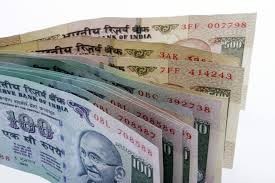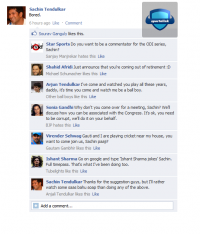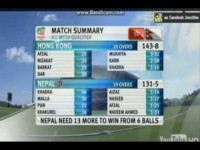The sliding rupee – The biggest threat to the IPL and IBL

Management professionals have always been taught about the SWOT analysis technique of determining the success of a business or its idea and the ‘T’, the threats which needs to be anticipated and planned for, for the longevity of it. The biggest ‘T’ in both the IPL and IBL is the Indian currency which is severely depreciating at the moment.
In the IPL, it comes as a huge shock that overseas players are preferred over Indian players in terms of payment! So for instance, Australia’s David Hussey was purchased by Kings XI Punjab in 2011 for $USD 1.4 million per annum and Gautam Gambhir was purchased by Kolkata Knight Riders for $USD 2.4 million which made him the most expensive player that year.
Now foreign players are paid as per the floating rate, an average rate decided upon the fluctuations of the currency market. So Hussey has approximately bagged 23 crores Indian rupees in 3 years as compared to Gambhir’s 33 crores in the same time period. If Hussey would paid at Gambhir’s rate (a meagre 46 rupees/dollar), then he would have only earned only 19 crores!
This theory is exploiting Indian players, especially upcoming young talent and those who were not bought by the franchises for a high price in or outside the auction. It gives them a lesser incentive to perform, which ruins a major purpose of the IPL.
The solution which is being discussed, is that the auction and the player contracts are based on the rupee rather than the dollar, so that there is equality in terms of payment. Besides, the franchises are also being hit by an increase in costs.
While the IBL is facing the exact opposite, though the reason of the problem is the same. Indian players are being paid in rupees (at the rate of 54.54/dollar), but foreigners will be paid in dollars only!
So, with the on-going scenario, the franchises will have to shell out extra rupees while the foreigners will also be hit as they would be paid lesser in dollars and would have to pay a 20% tax for not possessing a PAN card. So the more expensive the player, the lesser will he be paid than what he was bought for at the auction.
The reason of the IBL functioning is because of the international stars and not just the Indians while the IPL has more Indian talent which needs to be nurtured and not just international stars. If the authorities do not pay by the rupee value or decide on a mutually acceptable floating rate, all stakeholders will be affected badly and this is not healthy for the future of the tournaments which have a lot to offer.












4 Comments/Replies
thanks Rohit :)
good analysis.....
thanks Rohan :)
Great writeup!!!